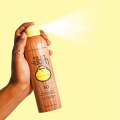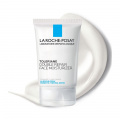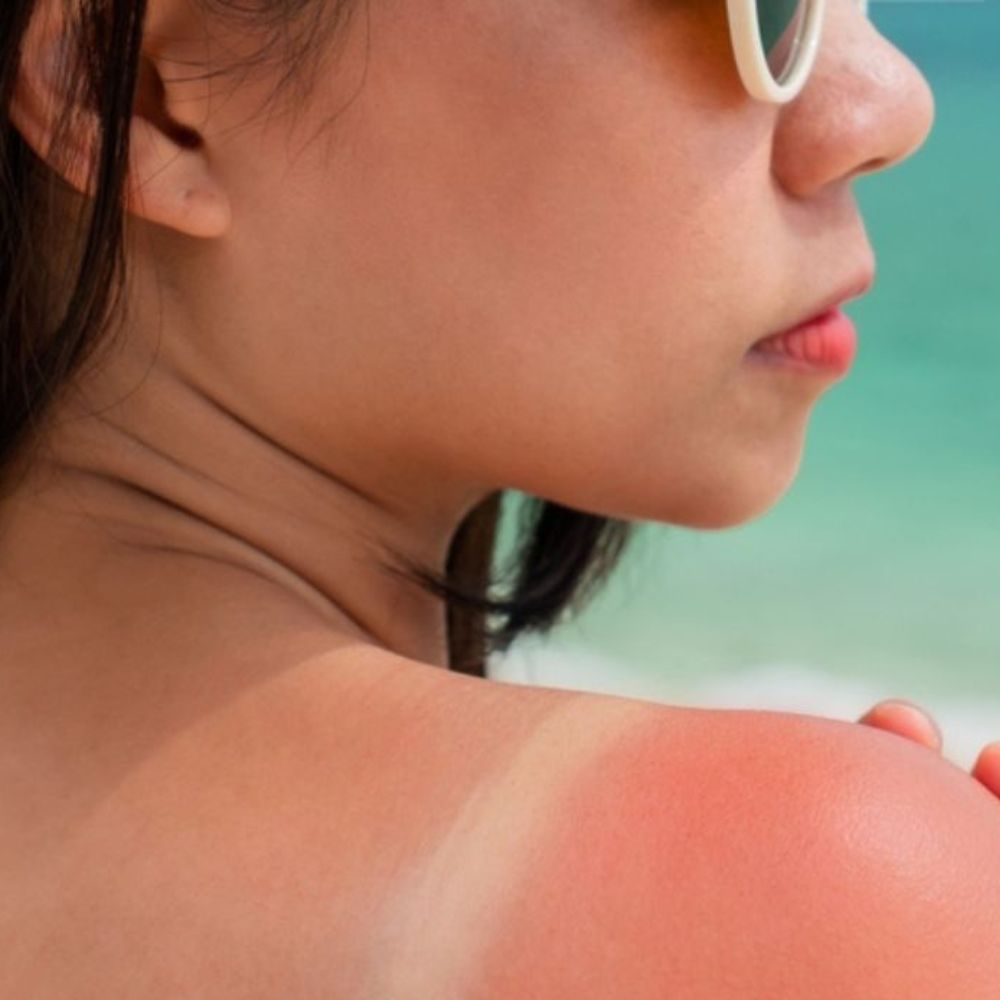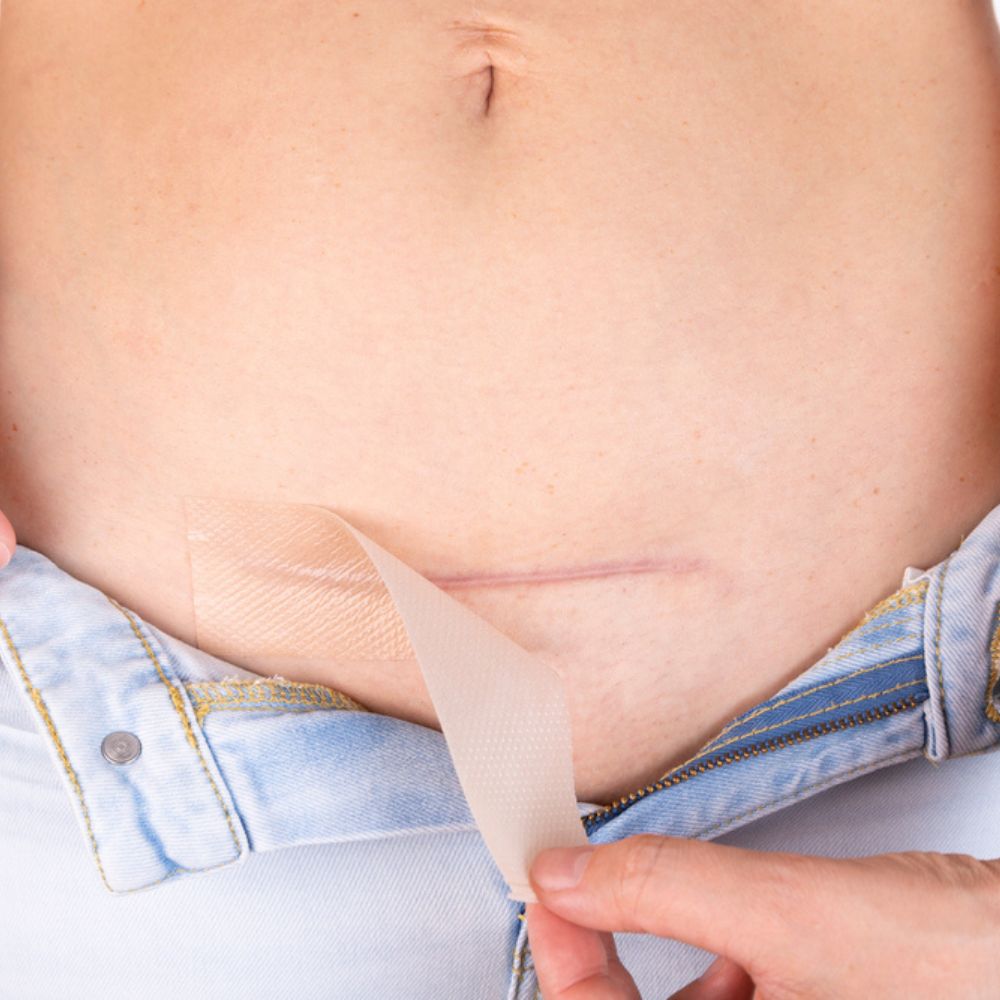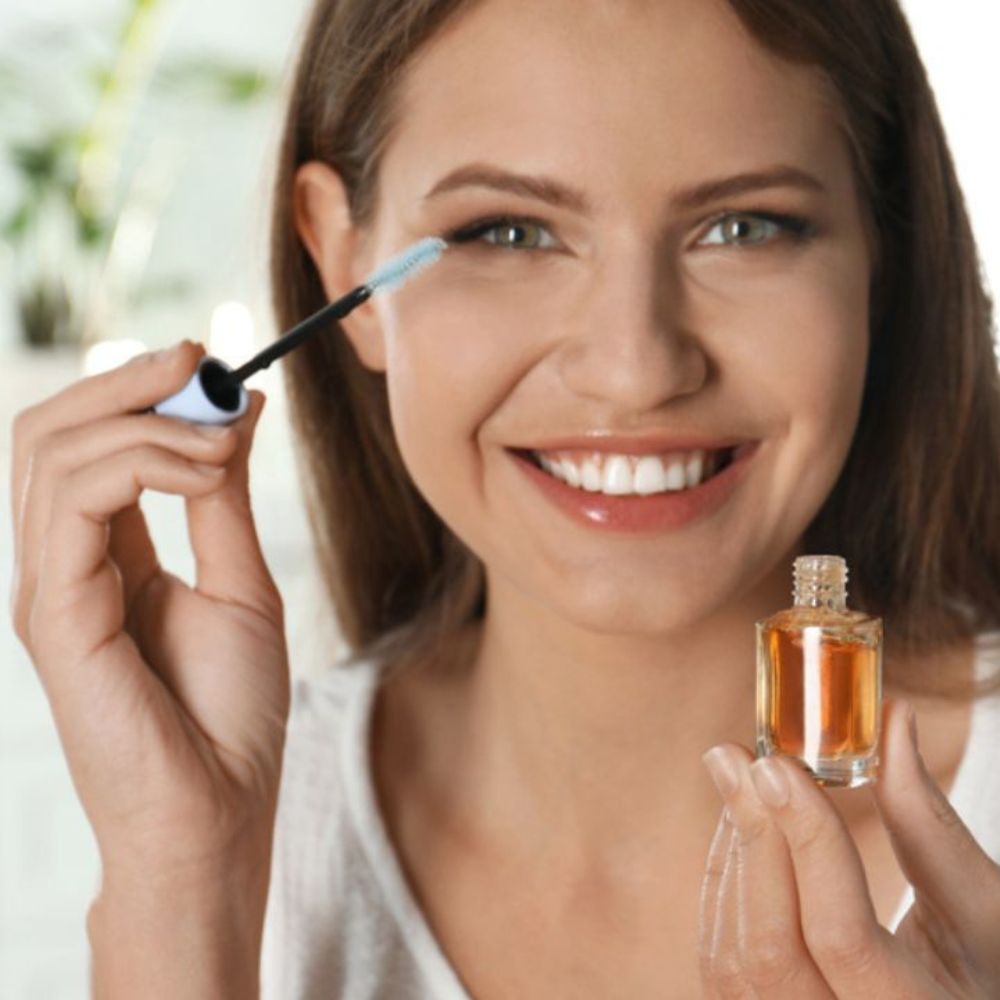How to Exfoliate the Legs — Steps, Benefits, And Precautions
There are a lot of misconceptions regarding how to exfoliate the legs. This article explores various ways to do so, in addition to its benefits and precautions.
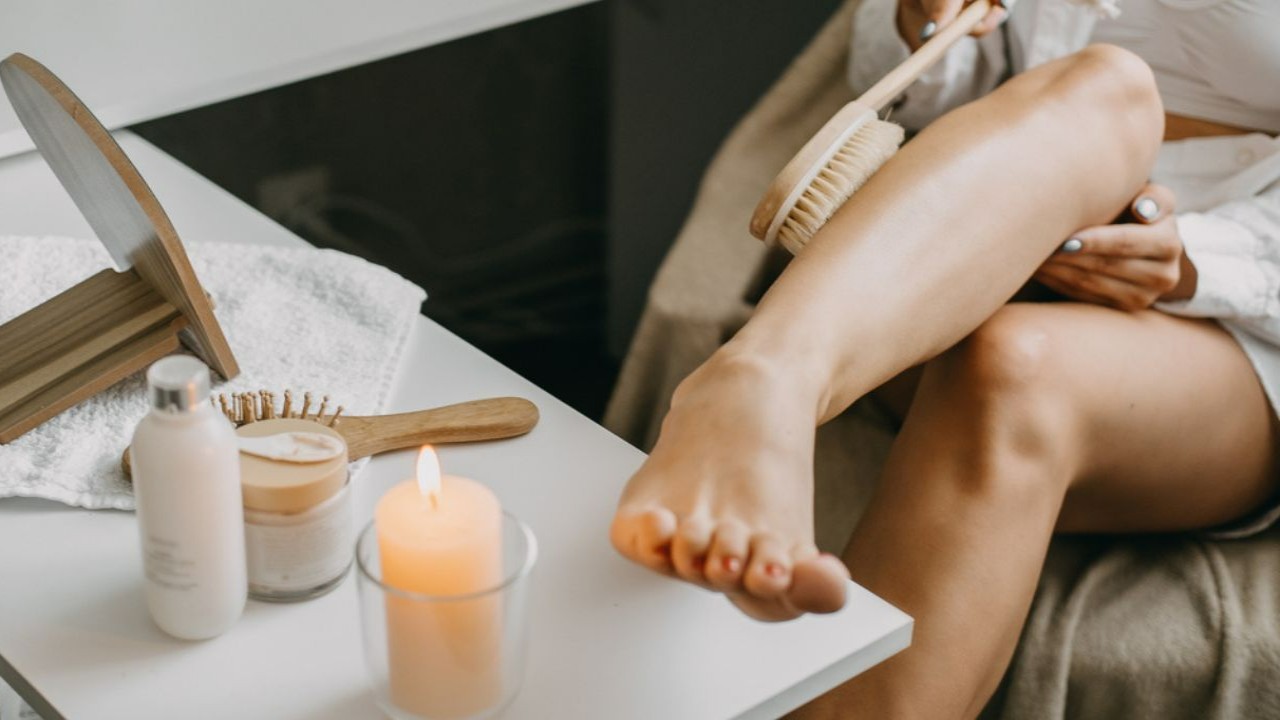
Once the waxing session for the month has been crossed off the list, skincare for the legs takes a backseat in most people’s schedules. While moisturization becomes inconsistent, some people forget about exfoliation completely! However, exfoliation is an extremely important part of skincare in general — more so for the legs, as that area of the skin is often subject to conditions such as ingrown hair, dry and flaky skin, dead skin buildup, keratosis pilaris, folliculitis, dullness, scarring, etc. With regular and proper exfoliation of the legs, followed by moisturization, you can not only prevent but also treat these problems to get smoother, healthier skin.
Further, this skincare practice boosts blood circulation and cell turnover, which unravels newer, more radiant skin. And of course, for people who prefer hair removal through shaving, an exfoliation routine enables a smoother, closer shave, causing fewer razor burns.
Now, without further ado, let’s scroll away to learn more about how to exfoliate the legs, what are the benefits and precautions to keep in mind, and more.
How to Exfoliate the Legs to Get Smooth Skin?
The following are ways to exfoliate the legs correctly, through physical and chemical exfoliants, to cater to different skin needs.
With a Scrub
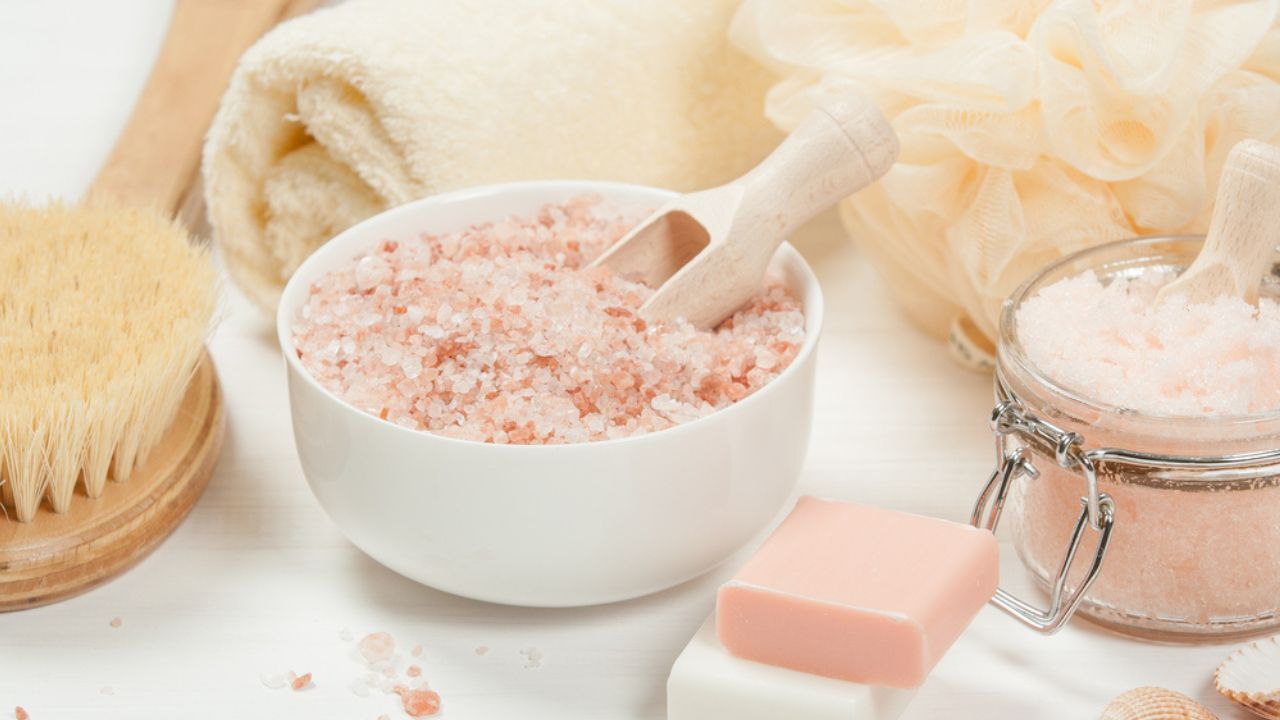
Perhaps the most common way to exfoliate the skin is with a scrub. In most products, scrubs consist of natural scuffing particles such as crushed walnut shells, ground coffee, sea salt, powdered oatmeal, brown sugar, etc.
Start by rinsing the legs thoroughly. You can choose to use a cleanser beforehand, or you can choose to avoid that to prevent overabrading the area. Take a dollop of the scrubbing product in your palm, and distribute it evenly on your entire leg. Take some more if required. Then, gently massage the leg using small, circular motions. Avoid covering large skin areas or scrubbing roughly back and forth as that can do more harm than good. Rinse your skin thoroughly after covering all areas and pat dry.
According to Donna Ireland, Founder and CEO of Annod Natural Skincare, “Selecting the ideal scrub should be a harmonious dance with your skin's requirements in the skincare symphony. Pay particular attention to the sound of exfoliation; choose a scrub that is as strong as a crescendo for buildup of dead skin, as mild as a whisper for strawberry legs, and as calming as a lullaby for scaly/itchy skin. Allow the melody of your skin to dictate the pace of radiant rejuvenation.”
Other Methods of Physical Exfoliation:
Physical exfoliants other than scrubs include dry brushes, exfoliation gloves, loofahs (bath sponges), etc.
1. With a Dry Brush:

This exfoliation technique is best to practice before a shower when your skin is devoid of any products. Start at the ankles with soft, rhythmic motions and gradually move toward the knees and thighs. Rinse the area.
2. With Exfoliation Gloves:
Due to their absorbent nature, it is ideal to use exfoliation gloves in the shower for best results. After you’ve rinsed your skin, dampen the glove and pour some of your favorite shower gel or body wash on it. Emulsify the product on the wet glove until it bubbles, and then gently lather it over your legs in circular motions. Rinse afterward.
3. With a Loofah:
While this method has lost its charm lately due to the abrasive nature of most OTC exfoliators, you can still practice this method if you’re using a soft, cloth-based, micro-fiber loofah. The process is the same as using gloves — rinse the exfoliator and your skin, pour some cleanser, emulsify, lather, and wash.
Without a Scrub
While using physical scrubs is a traditional approach to exfoliation, this method may excessively abrade the skin barrier or cause temporary transepidermal water loss, thereby stripping the skin of its natural moisture (1). On the other hand, the use of chemical exfoliants such as AHAs, BHA, LHA, or PHA, takes a sophisticated approach. While these exfoliants may not aid in improving blood circulation in your skin, they provide efficient results and are far less abrasive. You can incorporate chemical exfoliants into your skincare routine through toning liquids, cleansers, soaps, and lotions. The following are some popular exfoliants to look into:
Glycolic Acid: Due to its small molecular size, glycolic acid stands strong as the most potent AHA. This active ingredient eliminates dead cells by penetrating deep into the skin and effectively treats problems such as hyperpigmentation, sun tan, and uneven skin tone. Further, it stimulates cell turnover and improves the overall skin texture (2).
Salicylic Acid: This beta-hydroxy acid is a fat-soluble component that goes deep into the pores of the skin, thereby treating problems such as whiteheads, blackheads, and acne (3). Moreover, it also has anti-inflammatory properties and is highly useful for people with pimples, strawberry skin, or razor bumps on the legs.
Lipo-hydroxy Acid: Frequently coupled with salicylic acid in formulations, LHA is a gentler derivative of the same — excellent for treating body acne, stimulating the skin, and facilitating cell renewal (4), (5).
Lactic Acid: A suitable exfoliant for sensitive skin, lactic acid works by dissolving bonds between dead skin cells, thereby unveiling newer cells and leaving the skin smooth and radiant (2). Moreover, the hydrating properties of lactic acid help reveal smooth and fresh skin.
Kojic Acid: Kojic acid is a gentle depigmenting agent that can be used to exfoliate your legs every day, to brighten the appearance of the skin. In addition, its antioxidant, antibacterial, and anti-inflammatory properties go a long way (6).
How to Exfoliate Your Legs Gently?
Apply Less Pressure:
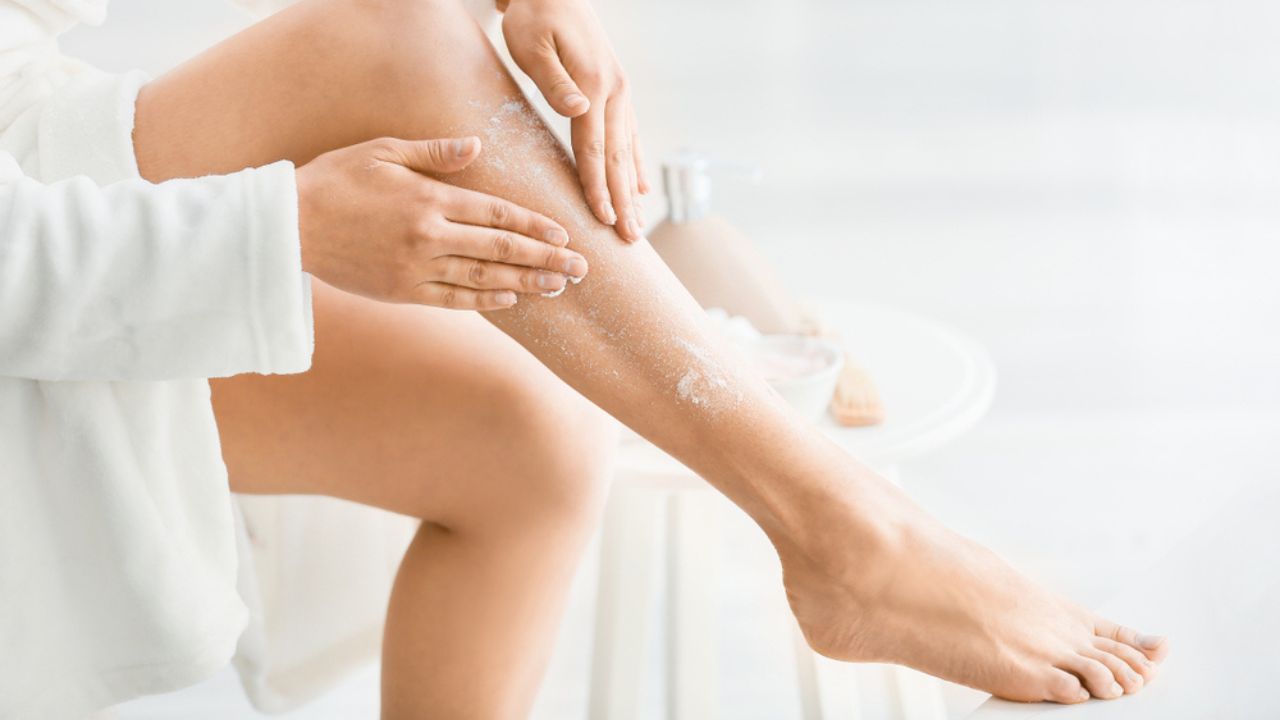
While physical exfoliation isn’t ideally gentle, you can get the best of it by applying less pressure on the targeted area. Avoid going back and forth aggressively. Avoid dry brushing.
Lubricate the Area:
Start by rinsing the skin first. Then, lather your cleanser and apply on your damp skin. This creates a superficial barrier between your skin and the physical exfoliant and facilitates the scrubbing motions, so you don’t end by exfoliating too aggressively. If you’re using an exfoliating scrub, skip the dry ones and pick a product wherein the scrubbing beads are infused in a gel/emollient.
Use Mild Chemical Exfoliants:
People with sensitive skin types should avoid using highly potent exfoliants, as those can risk skin hiving, inflammation, and increased sensitivity to the sun. On the contrary, gentle acids such as lactic acid, kojic acid, and PHAs (poly-hydroxy acids) are very mild on the skin and are less likely to disrupt its barrier. People who don’t have sensitive skin can even use these ingredients daily, in the form of a cleanser or a body lotion, to eliminate dead skin cells on the legs, making them smoother and brighter.
Benefits of Exfoliating the Legs:
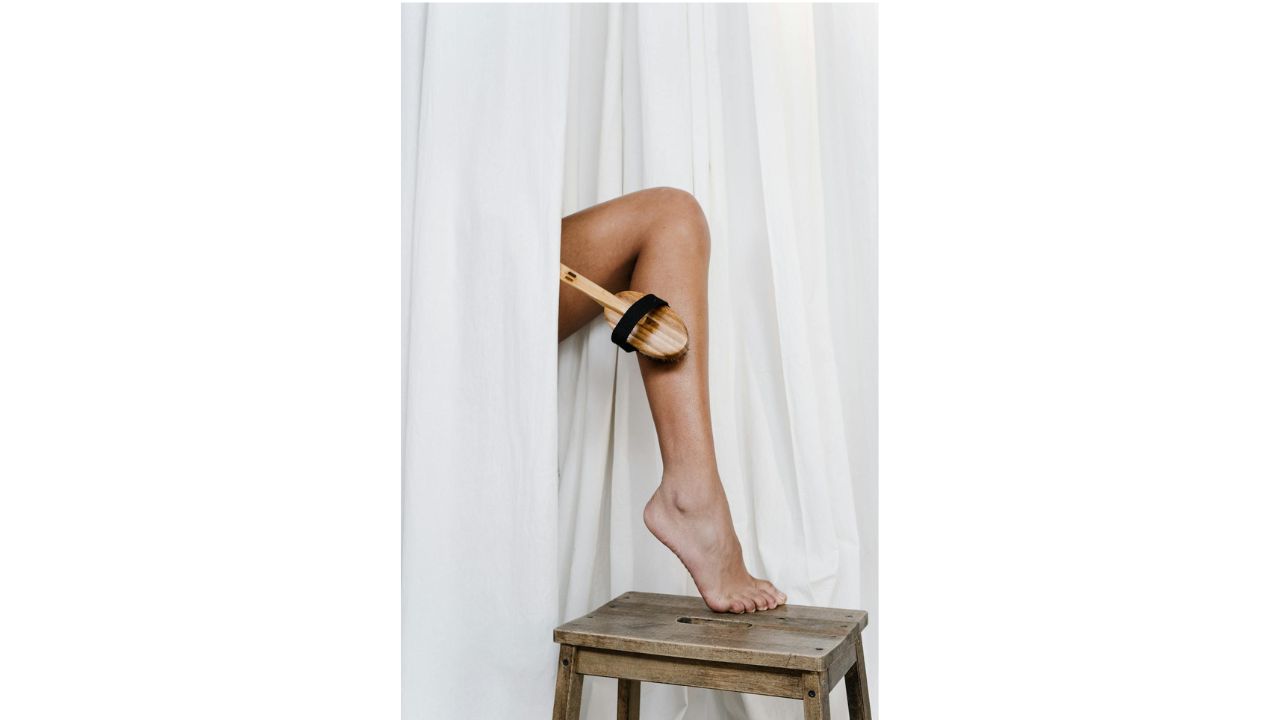
1. Stimulates Blood Circulation:
The process of scrubbing the legs invigorates the skin and boosts blood circulation, which boosts overall skin health (7).
2. Brightens the Skin:
Leg exfoliators consisting of glycolic acid, kojic acid, and lactic acid improve skin radiance by eliminating dead skin cells and enhancing cell turnover (2).
3. Gives an Even Skin Tone:
Most AHAs have de-pigmenting properties, which aid in achieving an even skin tone, reducing tan, dullness, and hyperpigmentation.
4. Treats Strawberry Skin/Ingrown Hair:
By penetrating deep into the skin’s pores, BHA and LHA help unclog ingrown hair, facilitating easy removal during one’s next waxing/shaving session. This helps gradually eliminate pesky strawberry seed-like bumps on your skin, making it smooth and even textured.
5. Smoothes the Skin Texture:
By relieving clogged pores and soothing inflammation, products infused with AHAs and BHA help treat acne, razor bumps, and other skin issues causing textural inconsistencies (8).
6. Helps with Keratosis Pilaris:
Keratosis pilaris (chicken skin) is a skin condition wherein the skin produces excess protein, which blocks the hair follicles and results in rough patches and acne-like skin bumps. Exfoliants such as azelaic acid, glycolic acid, lactic acid, and even salicylic acid, to an extent, help improve the appearance of keratosis pilaris by smoothing the texture (9).
Should You Moisturize After Exfoliation?

Exfoliation of the legs is a form of skin abrasion at the end of the day, be it physical or chemical. Hence, it is extremely important to support your skin afterward with a generous amount of moisturizer. Ensure to use a rich moisturizer formulated with humectants such as aloe extracts, hyaluronic acid, glycerin, colloidal oatmeal, etc. to replenish water as well as emollients and occlusives such as botanical oils, shea butter, silicones, etc. to lock the moisture in.
Moisturization is also an important part of body polishing, wherein you use a rich occlusive-based product to replenish your skin. By doing this, you’ll notice that your skin becomes a lot smoother, silkier, and brighter. By moisturizing the right way, you can also prevent trans-epidermal water loss, and keep your skin feeling comforted and nourished.
How Often And When Should You Exfoliate the Legs?
1. Once Or Twice a Week:
Ideally, one should exfoliate their legs once or twice a week, depending on the tolerance of their skin and the potency of the exfoliant. Mild exfoliants such as kojic acid and lactic acid can be used every day, too, as they are quite gentle on the skin.
2. Before Hair Removal:
Whether you prefer waxing, shaving, or epilating, it is ideal to exfoliate your legs 2-3 days before hair removal to get smooth skin and reduce ingrown hair.
DIY Remedies for Exfoliation:
While using store-bought scrubs is always an option, one may choose to make their own DIY exfoliators for the legs. The following are a few DIY leg scrub recipes that you can look into:
1. Coconut Coffee Scrub:

Mix half a cup of finely ground coffee beans (you can also use instant coffee powder) with half a cup of coconut oil. This simple mix is a powerhouse of antioxidants and healthy fatty acids, which energizes the skin, fights free radicals, smoothes skin texture, and replenishes the skin's protective barrier. The coconut oil in the mix lubricates the skin and softens the abrasive impact of the ground coffee, so it doesn’t irritate or damage the skin (10).
2. Citrus Scrub:
Start by mixing a cupful of finely ground brown sugar with a quarter cup of coconut oil. To this, add 3-4 drops of grapefruit essential oils with 2 tablespoons of orange juice. Stir the contents well. Bursting with the goodness of vitamin C and fatty acids, this scrub will not only exfoliate dead skin cells but will also help fight environmental aggressors (11).
3. Honey Oat Scrub:
This recipe is amazing for people with dry skin, as it smoothes the texture of your legs like nothing else! Mix a quarter cup of powdered oats with equal parts of olive or castor oil. Then, add 2-3 tablespoons of honey to the mixture and stir well. Use this scrub bi-weekly to boost hydration and overall nourishment of your skin.
After using any homemade scrubs, ensure you rinse the skin thoroughly to get rid of any residue. Using a gentle, fragrance-free cleanser after this is a good idea to get rid of any ickiness or odor, followed by using a moisturizer.
Precautions to Take When Exfoliating:
1. Don’t Over-exfoliate:
After knowing the skin benefits of exfoliation, we must resist the urge to over-exfoliate. Otherwise, it may lead to inflammation, redness, irritation, hives, etc. This applies to both physical and chemical exfoliation.
2. Don’t Use the Wrong Kind of Exfoliant:
If you want to treat body acne or razor bumps, don’t use a depigmenting exfoliant. If you have any active flare-ups of keratosis pilaris or razor bumps on your legs, avoid physical exfoliation as it can exacerbate the condition. Simply put, use the right treatment for the right ailment.
3. Don’t Forget to Moisturize:

Anecdotal evidence suggests that exfoliation without moisturizing risks severe problems such as atopic dermatitis (eczema), extreme dryness, itchiness, inflammation, premature aging, sun sensitivity, etc. Hence, always prioritize this step after exfoliating your legs.
4. Keep the Schedule in Check:
Like any other skincare practice, exfoliation needs to be consistent. You cannot expect to treat a problem that has accumulated over a period in one go.
Conclusion:
So there you have it — this article is a 101 on how to exfoliate your legs for best results. A good exfoliator for legs should ideally be a rich formula, as the thick skin demands more intensive hydration. However, understanding what works best for your skin is a trial-and-error process, so don’t be in a hurry or get disheartened if something doesn’t work out. Complex skin problems such as keratosis pilaris, strawberry skin, ingrown hair, dark spots, etc. don’t just go away overnight. So, be consistent and have faith in the process to get healthier skin with time.
ALSO READ: Glycerin for Skin: Top 8 Benefits And Ways to Use for Dewy Skin





 JOIN OUR WHATSAPP CHANNEL
JOIN OUR WHATSAPP CHANNEL





































